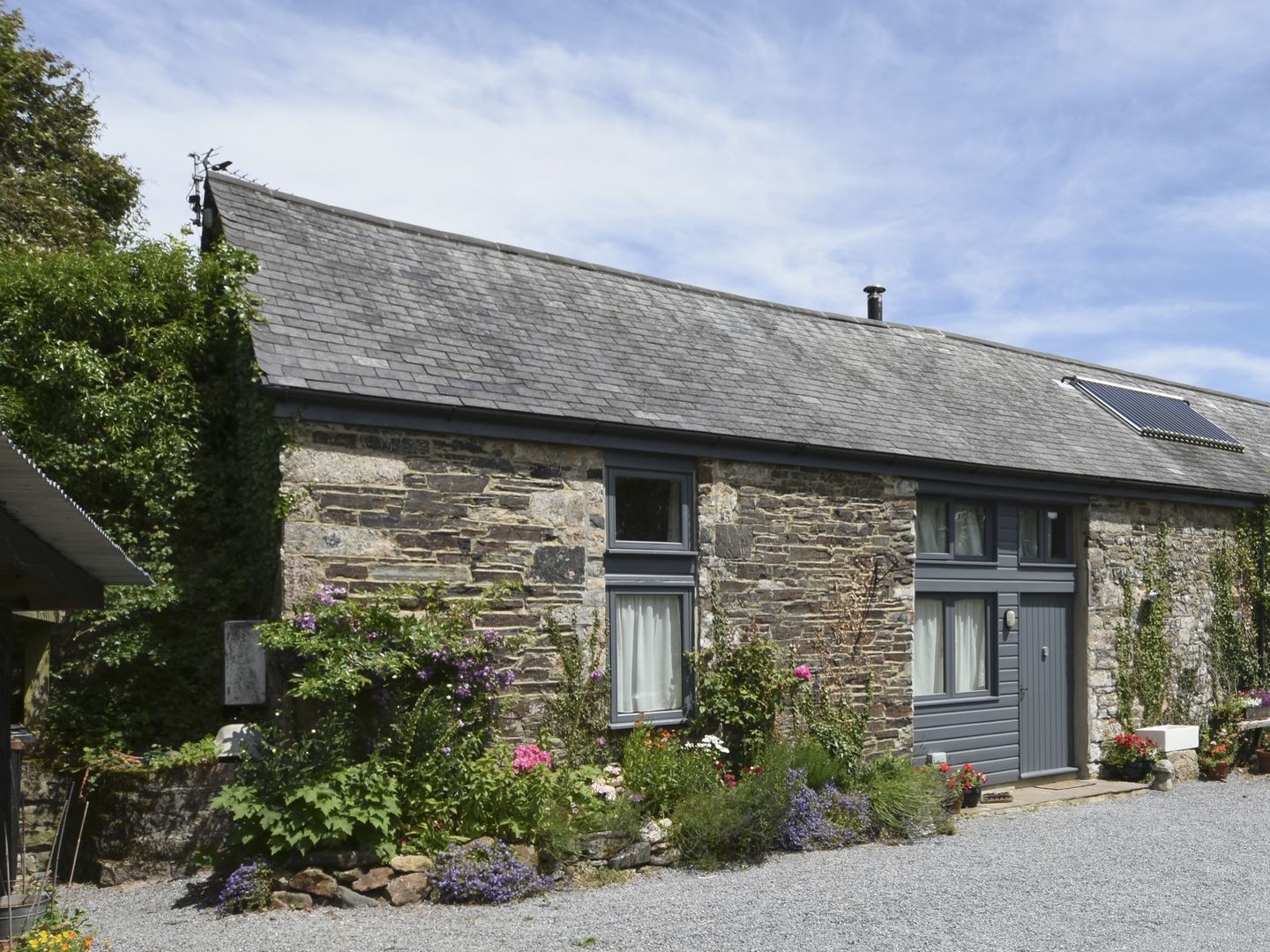The Dartmoor Pony
Talk to people who have visited Dartmoor and they'll be sure to mention the wild ponies that wander the hills and valleys of the National Park. They are friendly, even-tempered animals who clamber over the rocks with apparent ease and appear completely unafraid of humans.
Dartmoor ponies have been living on Dartmoor since the Middle Ages. Back then, some were used as pack horses to carry loads from village to village.
Later, many helped mine workers in Dartmoor's tin and granite mines. Later still, ponies were trained to accompany prisoners, even though I never understood what they were supposed to have done had one of the prisoners escaped!
Most of all, though, the ponies are an uplifting sight, a sign of life on a solitary moorland walk.
The ponies are well adapted to the sometimes harsh life on the moors. They are sturdily built, with a thick, flowing mane and tail and can withstand the often wet, cold and windy conditions very well. Due to its even temperament, stamina and sure-footedness, the ponies are sought after as a riding pony, making a very good first pony for a child.
 Dartmoor Ponies © essentially-england.com
Dartmoor Ponies © essentially-england.comAbout 5000 wild ponies live on Dartmoor today and - despite living wild - many are actually privately owned. Once, numbers may have been much higher, but during the early part of the 20th century numbers of Dartmoor Ponies declined. Many of today's ponies are cross-breeds, following introductions of Shetland, Arab and Welsh blood.
The true pedigree Dartmoor Pony is recognised as a rare breed and a breeding program has been put in place to stop it from disappearing altogether.
According to the Dartmoor Pony Society,
who keeps the Stud Book, the pedigree Dartmoor Pony should be small -
no taller than 12.2 hh - and bay, brown, black, chestnut, grey or roan.
Visitors to Dartmoor National Park are advised not to feed the ponies, but there's no rule against enjoying the sight of them, admiring their climbing ability or having your photo taken with one of them!
 Dartmoor Pony © essentially-england.com
Dartmoor Pony © essentially-england.comAre You Planning a Visit to Dartmoor?
Where You Could Stay
This is such a beautiful part of Devon - with the sea on one side and little villages nestling in green valleys on the other - that many people come for their holidays, often year after year. A good way to explore the area at your leisure is by renting a holiday cottage in Devon.
And here are a few examples of where you could be staying:
To see other holiday cottages in Dartmoor click here. Or check out holiday cottages in other parts of England by clicking here.
Or you could try a family-orientated holiday resort in Devon. There's plenty of choice...
If you need to find a hotel, then try one of these search platforms...
What You Could See and Do
Dartmouth and the South Devon coast are a paradise for sailors of all ages and abilities. So if messing around in boats on the water is your kind of holiday, then you're in just the right place.
But with the coastal path on one side and the Devon countryside on the other, this area is also great for walking. Besides Slapton Sands and its beautiful nature reserve there are villages, hillsides, cliffs and beaches to explore. And just a short drive will take you up to the wilds of Dartmoor, to rocks and endless skies and tales of smugglers and giant hounds.
Why not check out
- Burgh Island
- Dartmoor Ponies
- Brentor
- Lyford Castle and Gorge
- Slapton Sands
- Agatha Christie's Greenway
- The Golden Hind
- Grimspound
- Merrivale
 Refreshments at Hound Tor © essentially-england.com
Refreshments at Hound Tor © essentially-england.comFor more ideas on what to see and do in this part of the country, return to the Devon page.










